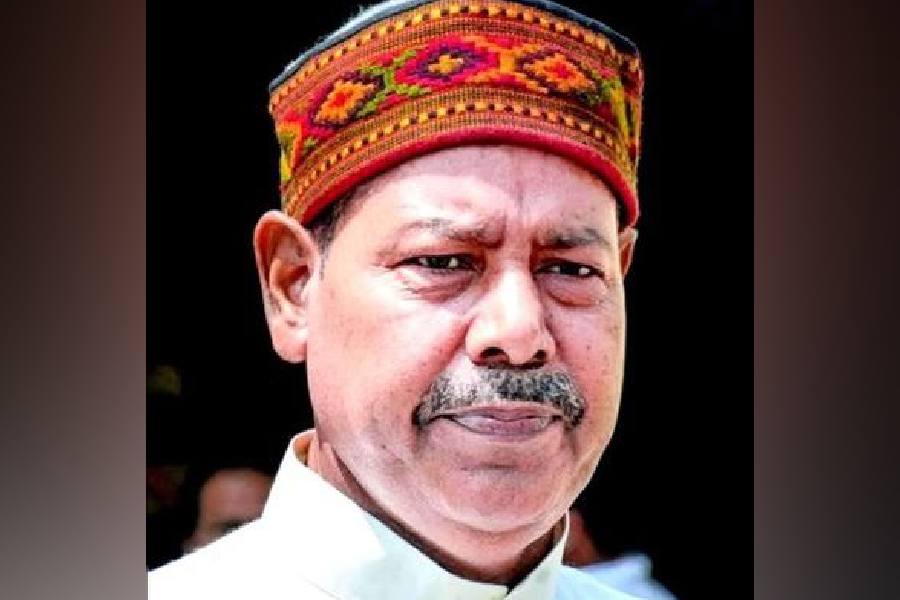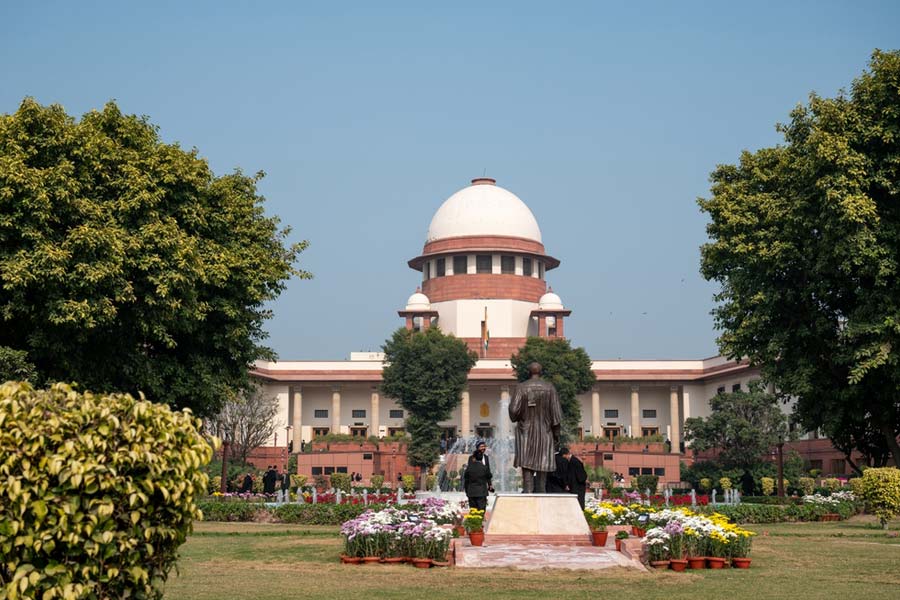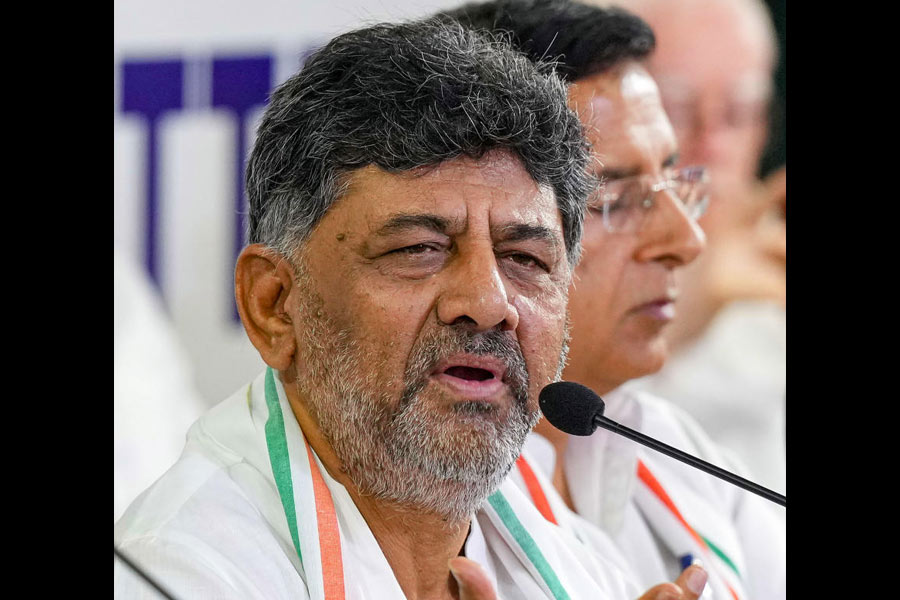At times such as this, nothing funny comes to mind. Not just Calcutta but the entire country is reeling under the impact of the rape and murder of a young doctor at R.G. Kar Medical College and Hospital. Although one can’t help but be amused at the trend of naming the woman who died. At last count, about half a dozen were doing the rounds. The most popular of them seems to be Abhaya. I think there’s also been an attempt to call her Nirbhaya II, after a young woman in Delhi who died after she was raped.
A Trinamool Congress member of Parliament blurted out the doctor’s real name, realised it was a mistake and apologised, saying that she should be referred to as Tilottama. She is being called Tilottama on a number of television channels, social media posts and real-life marches demanding justice for her.
Abhaya, like Nirbhaya, means a woman who is unafraid. Abhaya also rhymes with Nirbhaya. Together, the two resonate as a pair of lyrical, Sanskritic words full of gravitas and beauty. Tilottama means a beautiful woman who has been created particle by particle. In Hindu mythology, she was an enchantress created by Vishwakarma, the architect god, with the best of all the elements available in the three worlds. She would be the weapon to destroy two asura brothers, who were destroying the universe, with her beauty.
What has any of this got to do with the woman who was raped and killed inside her hospital when she was on duty? Nothing. It has everything to do with us, her spectators. We are imposing a high moral — and aesthetic — conduct on her even as she lay dying a violent death, because it comforts us. In Delhi, we called the young woman Nirbhaya, the fearless, because we decided that that is how she was as she was facing her killers. In Calcutta, we are calling her Abhaya because, again, we have decided that she felt absolutely brave even as she was being strangulated.
Why we are calling her Tilottama beggars description. Even as a metaphor — or whatever it is — it is incomprehensible. How does one evoke any thought of beauty in the context of such extreme violence?
The nomenclature serves one purpose: through the transformative powers of our imagination the new names elevate her from being a flesh-and-blood woman to a moral-spiritual-aesthetic ideal who is beyond human frailties. In the process, they protect us: if we acknowledge her fear, we have to deal with what she went through. We feel uncomfortable when confronted with the facts of her death.
The cause of such discomfort is complex; it can remind us of our own vulnerabilities. It can also lead us to introspect, what lurks within us, what our social, familial and professional roles endorse or critique. We need to give the devastated body that leads to such consternation a glossing over, an image makeover, a touch of beauty. Otherwise things can be very ugly.
If we call her a new name, we also leave our mark on her. We claim her.
The protests about the incident have been unparalleled, as the rape and murder of the doctor inside a hospital, which should be a place for healing, is rare. Hopefully, the protests will bring deep structural changes within the systems of governance and society in general. But we should let the murdered woman be. She has already suffered enough. The demand for justice must go on. But let us put an end to the naming and claiming. Let us also stop discussing the weight of her body parts endlessly on social media. Let us also remember the other women who suffered the same extreme violence, in other parts of the country, away from the city, but were not named: in Hathras, Kathua and, nearer home, in Kamduni.











